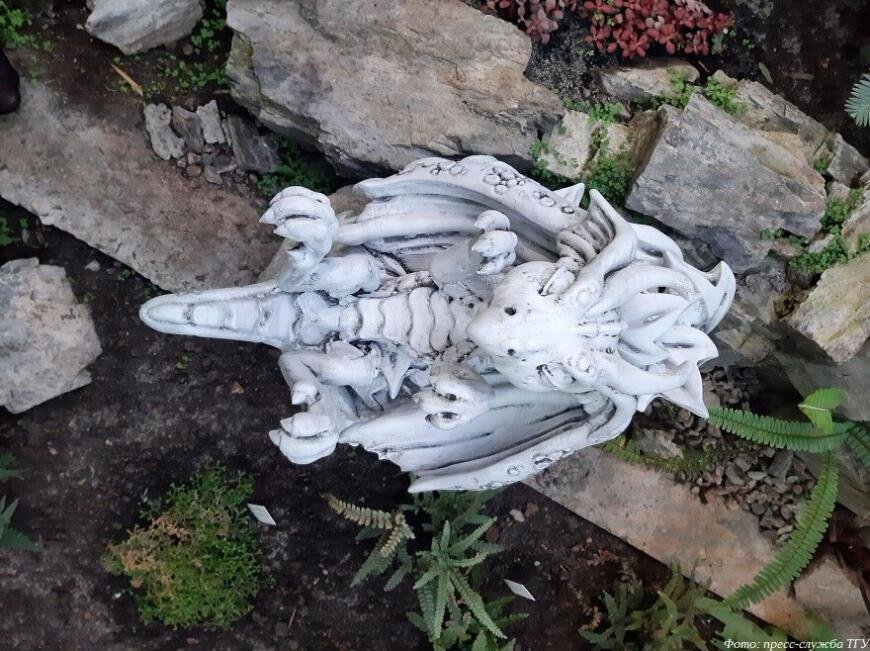The construction industry is undergoing a paradigm shift as 3D printing technology emerges as a transformative force. Once confined to the realm of prototyping and small-scale manufacturing, 3D printing is now poised to revolutionize the way we build homes, making them more affordable, efficient, and sustainable.
A Process of Precision and Innovation
3D printing for construction utilizes specialized printers that extrude layers of material, typically concrete or a combination of concrete and other composites, to form the walls and structures of buildings. This process offers several key advantages over traditional construction methods.
- Speed and Efficiency: 3D printing can significantly accelerate the construction process, cutting down build times from months to days. This efficiency stems from the automated nature of printing, which eliminates the need for manual labor and reduces the number of construction stages.
- Reduced Waste and Material Optimization: 3D printing eliminates waste by precisely extruding the required amount of material, minimizing overages and ensuring that each component is perfectly shaped. This optimization leads to a more efficient use of resources and a lower environmental impact.
- Design Flexibility and Customization: 3D printing opens up new possibilities for architectural design, allowing for the creation of intricate shapes and complex structures that would be difficult or impossible to achieve using traditional methods. This flexibility enables architects to design homes that are not only aesthetically pleasing but also functionally optimized.

Addressing Global Housing Challenges
The potential of 3D-printed homes is particularly significant in addressing the global housing crisis. With an estimated 2 billion people lacking adequate shelter, there is an urgent need for innovative solutions that can provide affordable and sustainable housing options. 3D printing offers several advantages in tackling this challenge:
- Drastically Reduced Construction Costs: The automation and efficiency of 3D printing can significantly reduce labor costs, which typically account for a substantial portion of the overall construction budget. This cost reduction can help make homes more accessible to individuals and communities with limited financial resources.
- Scalable Production: 3D printing can be readily scaled up to meet the growing demand for housing. As technology advances and printing equipment becomes more affordable, the ability to produce multiple homes simultaneously further enhances its potential for mass production.
- Adaptability to Different Environments: 3D printing can be deployed in various locations, including remote areas or regions with limited infrastructure, making it a versatile solution for addressing housing challenges across diverse geographical contexts.
Current Developments and Future Outlook
The field of 3D-printed housing is rapidly evolving, with numerous companies and research institutions exploring innovative applications and advancements.
- Bio-based Materials: Scientists are investigating the use of bio-based materials such as mycelium, a natural building material derived from fungi, to create sustainable and eco-friendly 3D-printed structures.
- Integrated Systems: Efforts are underway to integrate 3D printing with other construction technologies, such as robotic assembly and smart home systems, to create fully integrated and automated building processes.
- Regulation and Standardization: As the technology matures, regulatory bodies and industry standards are being developed to ensure the safety, quality, and durability of 3D-printed homes.
The future of 3D-printed housing holds immense promise for transforming the construction industry and addressing the global housing shortage. With further advancements in technology, reduced costs, and regulatory support, 3D printing is poised to revolutionize the way we build our homes, making them more affordable, sustainable, and adaptable to the needs of society.
Sources:
- https://bard.google.com/
- https://www.cbsnews.com/news/3d-printing-on-earth-and-moon-60-minutes/
- https://www.sciencedirect.com/science/article/abs/pii/S2214785323042645#:~:text=Traditional%20construction%20methods%20often%20result,the%20necessary%20amount%20of%20material.
- https://medium.com/the-omnivore/can-3d-printing-help-solve-the-global-housing-crisis-42d91bfb08f3#:~:text=’Our%20current%20housing%20crisis%20is,’
- https://builtin.com/3d-printing/3d-printed-house











